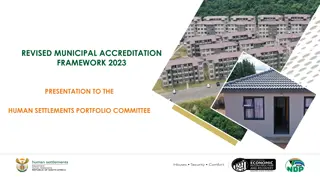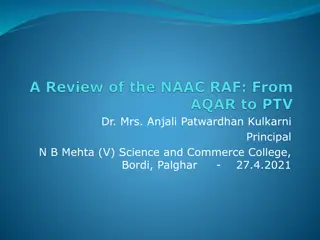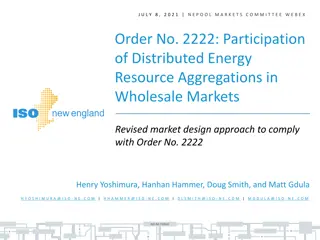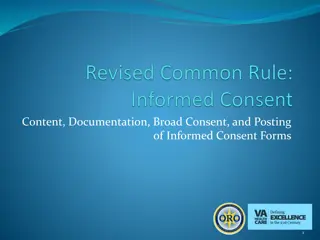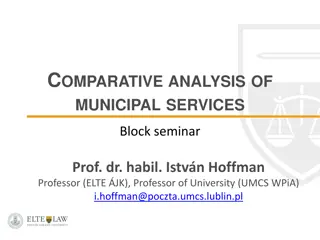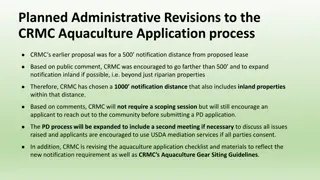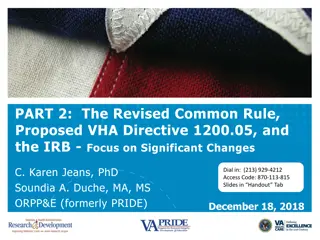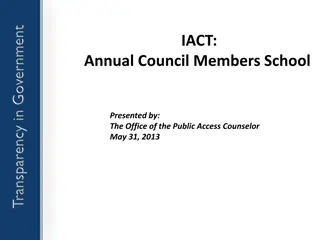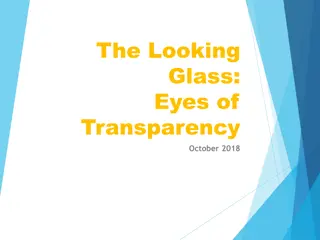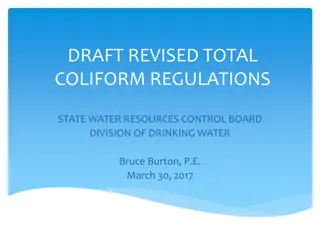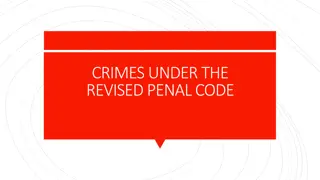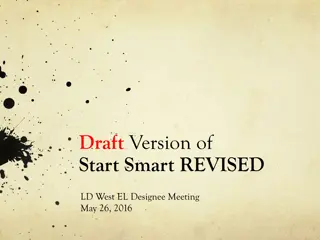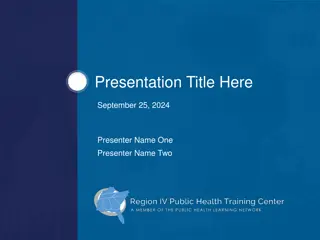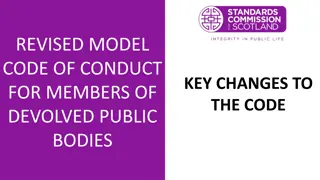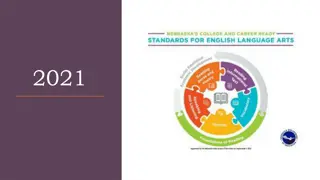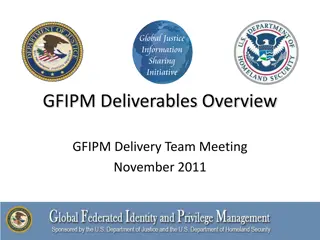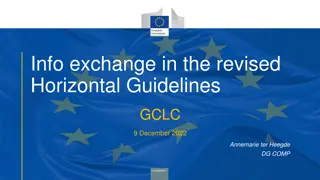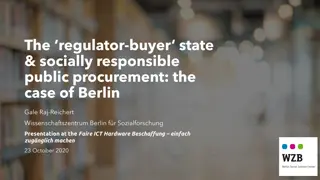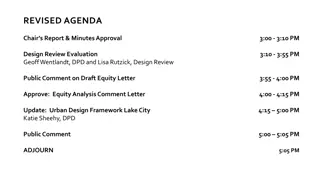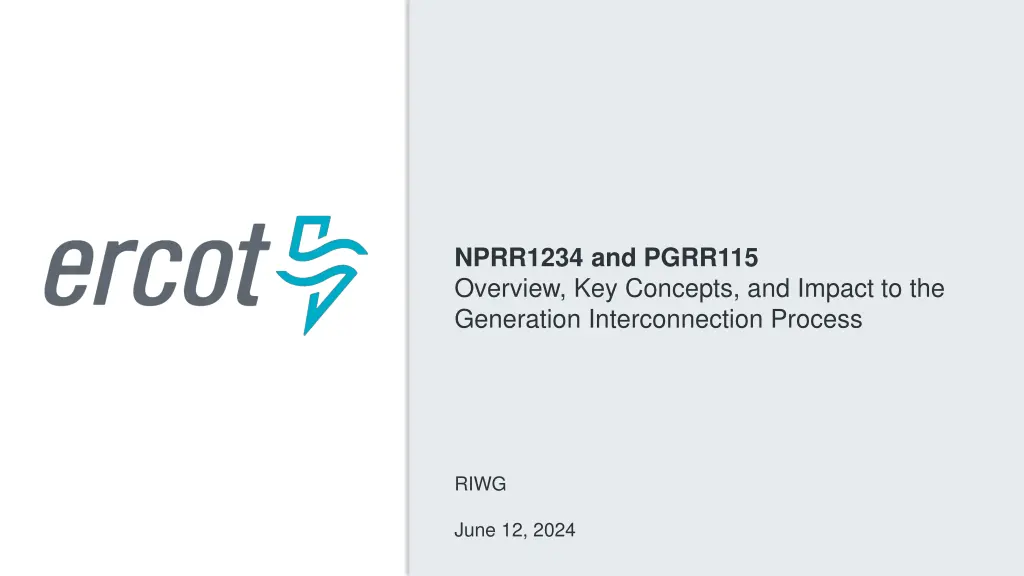
Generation Interconnection Process Revision Overview
ERCOT submitted NPRR1234 and PGRR115 on May 28, 2024, addressing interconnection and modeling requirements for Large Loads. NPRR1234 introduces new concepts and changes from NPRR1191, focusing on load modeling for sites with peak demands of 25 MW or more. Learn about the significant modifications and impacts to the generation interconnection process in this detailed overview.
Download Presentation

Please find below an Image/Link to download the presentation.
The content on the website is provided AS IS for your information and personal use only. It may not be sold, licensed, or shared on other websites without obtaining consent from the author. If you encounter any issues during the download, it is possible that the publisher has removed the file from their server.
You are allowed to download the files provided on this website for personal or commercial use, subject to the condition that they are used lawfully. All files are the property of their respective owners.
The content on the website is provided AS IS for your information and personal use only. It may not be sold, licensed, or shared on other websites without obtaining consent from the author.
E N D
Presentation Transcript
NPRR1234 and PGRR115 Overview, Key Concepts, and Impact to the Generation Interconnection Process RIWG June 12, 2024
Introduction ERCOT submitted NPRR1234 and PGRR115 on May 28, 2024. These Revision Requests primarily address interconnection and modeling requirements for Large Loads (sites with aggregate peak Demand of 75 MW or more) and incorporate stakeholder feedback received on NPRR1191 and PGRR111 (withdrawn). ERCOT plans to request that PRS refer NPRR1234 to ROS; PGRR115 will automatically be referred to ROS. 2 PUBLIC
NPRR1234 New Concepts and Significant Changes from NPRR1191 3 PUBLIC
NPRR1234 New Concepts & Significant Changes from NPRR1191 This NPRR implements the changed approach announced at the April 1 LFLTF. The following concepts from NPRR1191 do not appear in NPRR1234 Registered Curtailable Loads (RCLs) Ramping limitations on Large Loads Voltage Ride Through (VRT) requirements for Large Loads ERCOT remains concerned about the ramping and VRT issues and will explore other mitigation measures, such as procurement of additional AS and other system improvements. Language in Section 16 requiring the registration of a load 25 MW or greater with ERCOT has been removed and replaced with a new requirement in Section 3.10.7.2 requiring identification and classification of loads 25 MW or greater in the Network Operations Model. 4 PUBLIC
Modeling of Loads 25 MW or Greater Additional Details TSPs will need to identify a load point or collection of load points serving a site with a historical, requested, or expected peak Demand 25 MW or greater in the ERCOT Network Operations Model. RE will need to identify a load point or collection of load points serving a behind the meter load (excluding aux load) with a historical, requested, or expected peak Demand 25 MW or greater in the Resource Registration Data. Load points serving sites 25-75 MW may include additional customers <25 MW. For each load point identified, the TSP/RE must also provide the primary end-use activity from a list of broad categories. The goal of these requirements is to allow ERCOT to improve its load forecasts and to provide real-time visibility to system operators. For additional details https://www.ercot.com/files/docs/2024/06/02/PUBLIC_Overview_NPRR1234_PGRR115_June2024.pptx 5 PUBLIC
PGRR115 New Concepts and Significant Changes from PGRR111 6 PUBLIC
PGRR115 New Concepts & Significant Changes from PGRR111 The Large Load Interconnection Study (LLIS) process now applies to all Large Load interconnection requests, regardless of timeline. All LLIS interactions will be between ERCOT and the interconnecting TSP (and IE/RE, if applicable). The Interconnecting Large Load Entity (ILLE) is still required to pay a LLIS fee to ERCOT. There is an option for the TSP to pay this fee on the customer s behalf. All interconnection requests subject to the LLIS must be studied in the Quarterly Stability Assessment (QSA) prior to energization. 7 PUBLIC
PGRR115 LLIS Process Flow High-Level Overview ERCOT Determines Reliability Limit(s) Kick-off Meeting Held TSP Performs Studies TSP Requests LLIS TSP/RE Requests Approval to Energize Large Load Added to Network Ops Model Approved to Energize Large Load Studied in QSA Evidence of IA Provided to ERCOT 8 PUBLIC
PGRR115 New Concepts & Significant Changes from PGRR111 Removed all requirements limiting when a Large Load can be added to SSWG cases. There are still requirements that must be met prior to adding a Large Load to the Network Operations Model. All provisions allowing for a load intending to register as a Controllable Load Resource (CLR) to potentially interconnect additional MWs have been removed. This concept may be reintroduced in a future PGRR after approval of NPRR1188 and PGRR115. Clearer requirements for what project modifications may require LLIS restudy are established in a new section 9.2.3 9 PUBLIC
PGRR115 Additional Changes Impacting the GIM Process An addition of a load 20 MW or greater at an existing Generation Resource will require a new reactive study that includes the load. This formalizes current practice under the interim Large Load process. The load will not require LLIS studies unless it is 75 MW or greater. For a GIM request that also includes a Large Load, the PGRR allows for the FIS to be used to satisfy the LLIS provided the load is included and all required LLIS scenarios are studied. This would allow both generation and load to be evaluated in a single set of studies, eliminating duplicate work. A new Section 5.2.10 has been added requiring the POI for all generation interconnections at transmission voltage to have a breaker. This formalizes current practice in the Planning Guide. 10 PUBLIC

